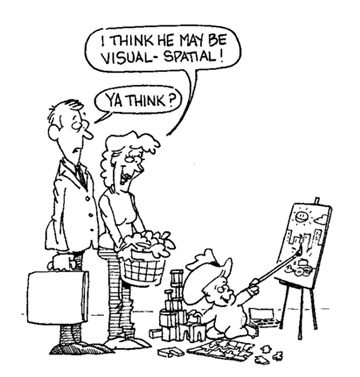Understanding multiple intelligences is key to effective communication. Marketers often use the multiple intelligences theory to refine their marketing strategies, including social media marketing tactics.
IQ testing and intelligence are often thought of as one in the same. Your score on an IQ test demonstrates your intellectual potential, however, over the past several decades, many other views of intelligence have been proposed, including Howard Gardner’s multiple intelligences theory.
For marketers and brands, understanding Gardner’s multiple intelligences theory is key to communicating with customers.
Gardner’s Multiple Intelligences Theory
Gardner’s multiple intelligences theory is based on the belief that “traditional psychometric views of intelligence are too limited.” He first outlined the theory of multiple intelligences in 1983 when he published Frames of Mind: The Theory of Multiple Intelligences. In his book, he discusses eight different intelligences as well as a possible ninth intelligence known as “existentialist intelligence.”
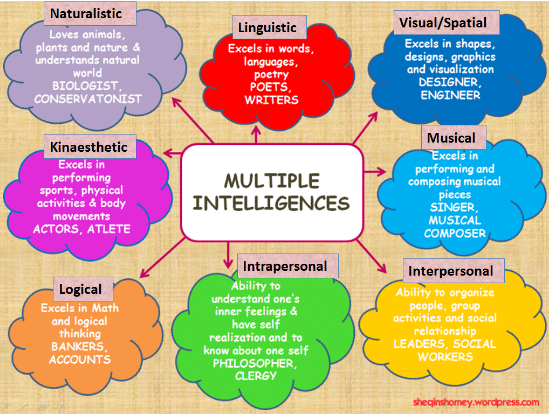
Also, as part of Gardner’s theory, he argues that it’s not how the information reaches our brain, but what matters is what our brain does with the information once it is received.
 What Are the Gardner’s Multiple Intelligences?
What Are the Gardner’s Multiple Intelligences?
The eight different categories of Gardner’s multiple intelligences are:
- Musical-Rhythmic
- Visual-Spatial
- Verbal-Linguistic
- Logical-Mathematical
- Bodily-Kinesthetic
- Interpersonal
- Intrapersonal
- Naturalistic Intelligence
 Musical-Rhythmic
Musical-Rhythmic
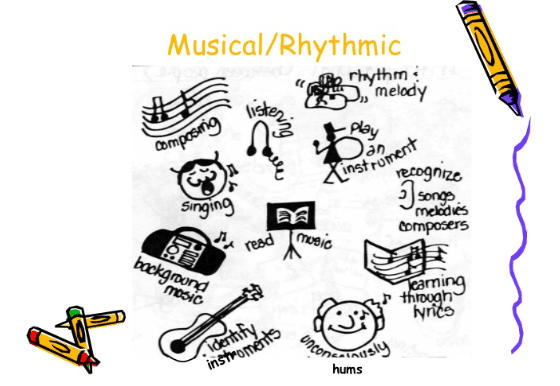
Visual-Spatial
People with strong visual-spatial intelligence are really good at visualizing. They tend to have a good sense of direction and will likely succeed in marketing because of their ability to bring life to marketing messages through the use of visuals. Let’s say your brand conducts market research on the ways your customers use your product. A person with strong visual-spatial intelligence can take your market research and use it to build an effective infographic.
Those with this type of intelligence tend to enjoy writing and reading and are good at putting puzzles together. They also excel in being able to simplify complex information.
Verbal-Linguistic
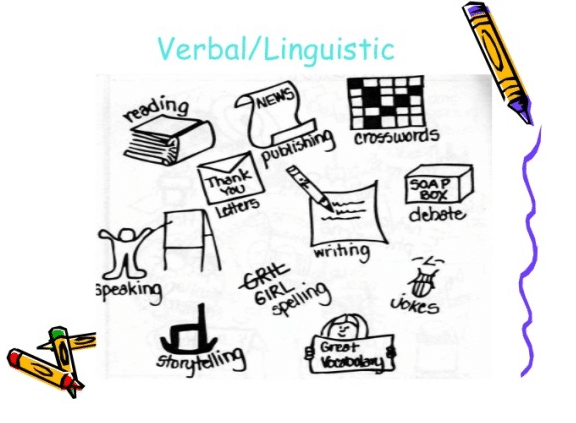
Bodily-Kinesthetic
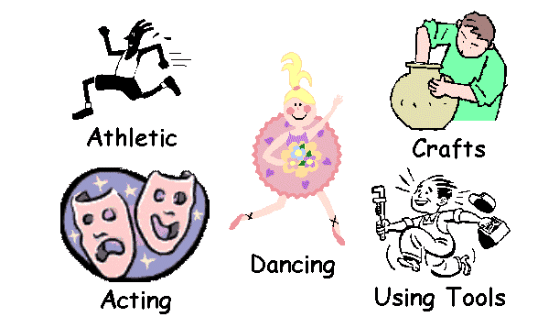
Interpersonal
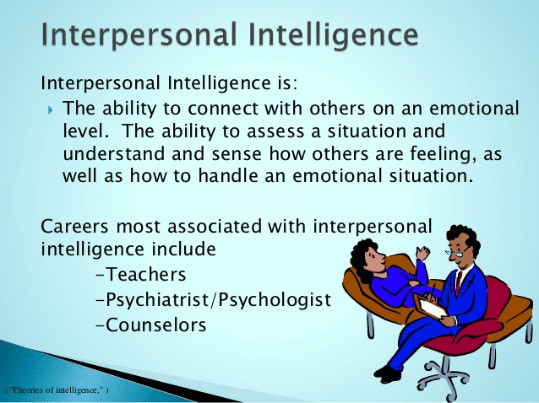
Intrapersonal
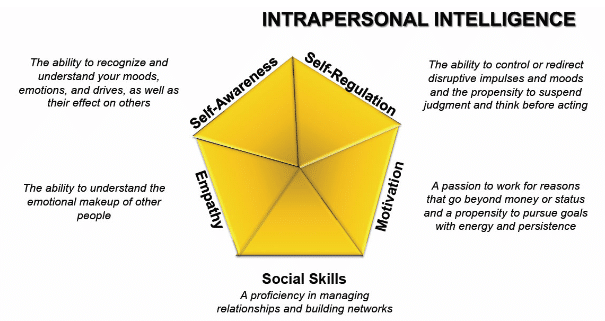
Naturalistic Intelligence
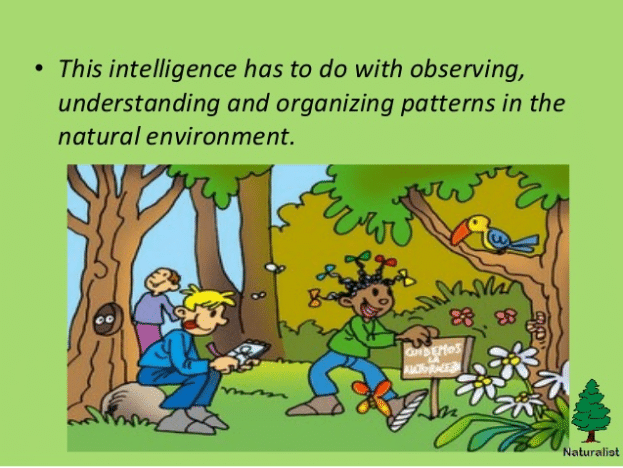
Difference From Learning Styles
Over the years, Gardner’s multiple intelligences theory has become prized by teachers, many of whom have made the intelligences synonymous with learning styles. However, it’s important to note that multiple intelligences are not learning styles.
Gardner sought to set the record straight regarding learning styles and multiple intelligences when he said the following:
The Benefits of Gardner’s Multiple Intelligences Theory
Understanding Gardner’s multiple intelligences theory proves beneficial for a number of reasons. Imagine as a marketer that you analyze your buyer persona and determine that the majority of your customers have strong visual-spatial intelligence. Knowing this allows you to refine your marketing efforts accordingly. Instead of posting lengthy blog posts on certain topics, your audience would much rather look at an infographic or watch an explainer video covering the same information.


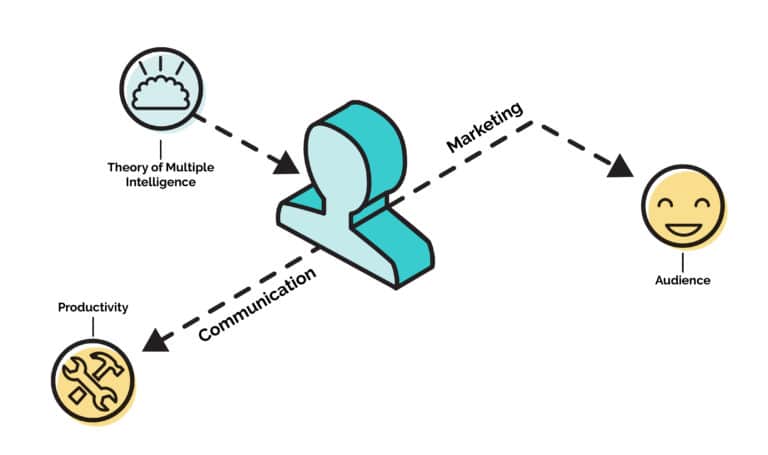

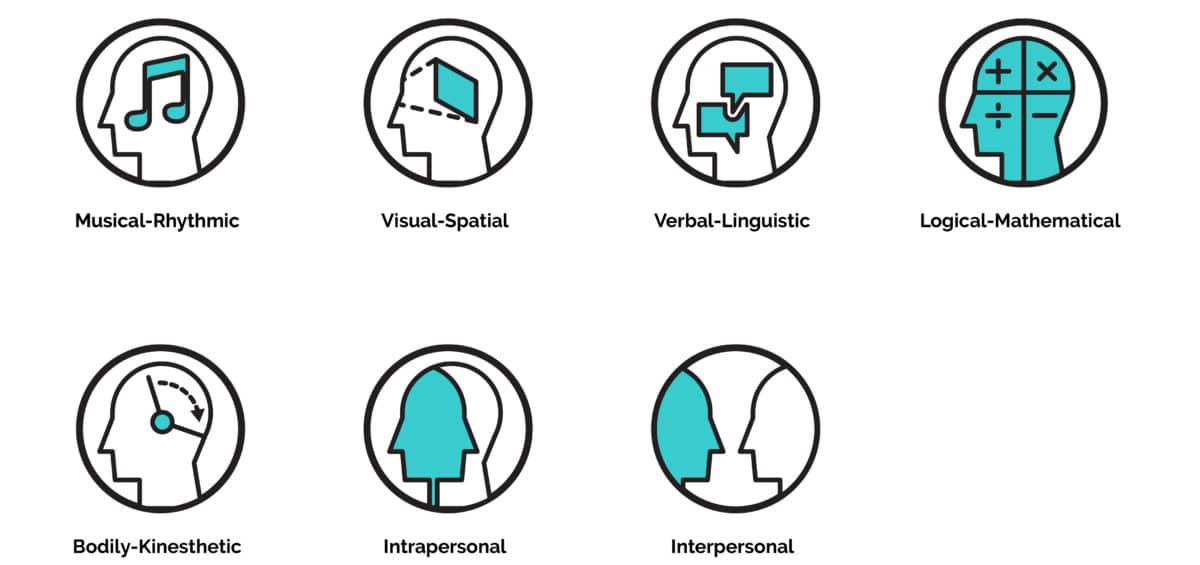
 What Are the Gardner’s Multiple Intelligences?
What Are the Gardner’s Multiple Intelligences?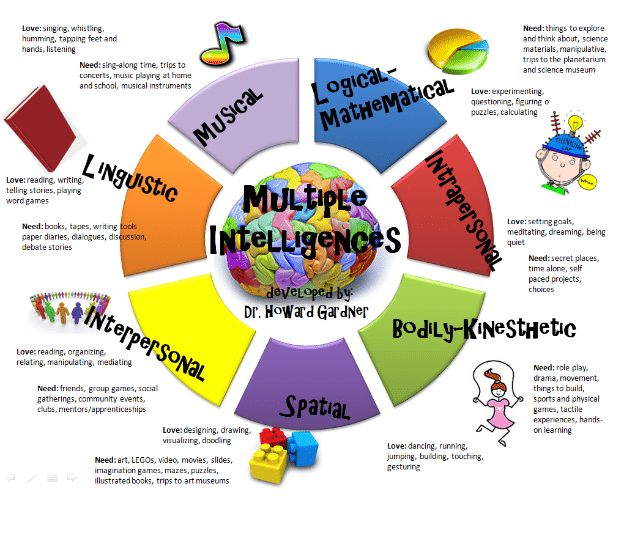 Musical-Rhythmic
Musical-Rhythmic